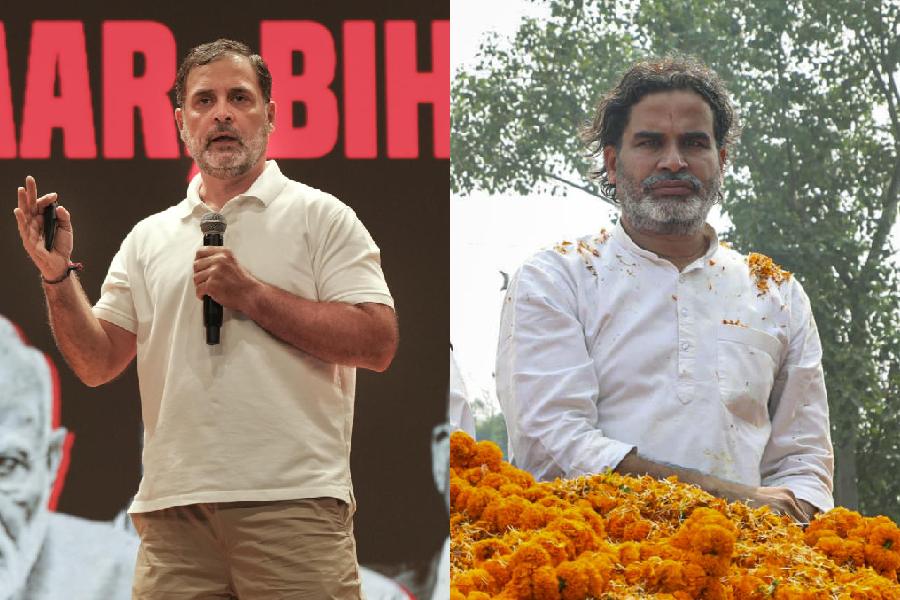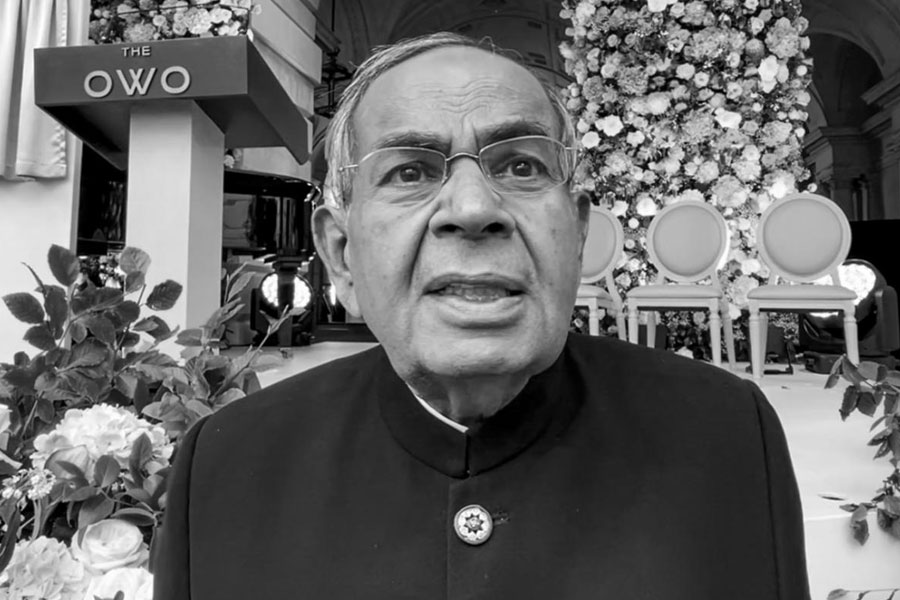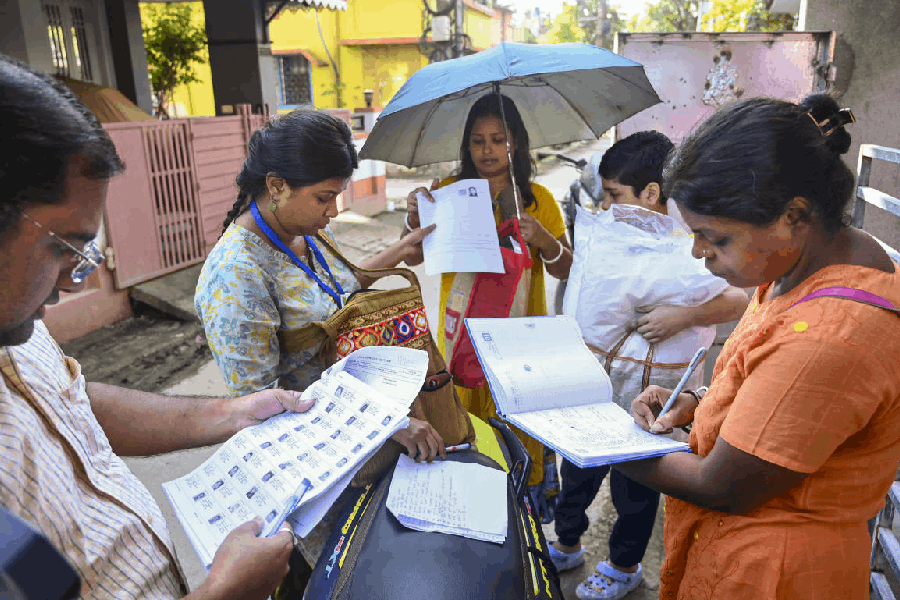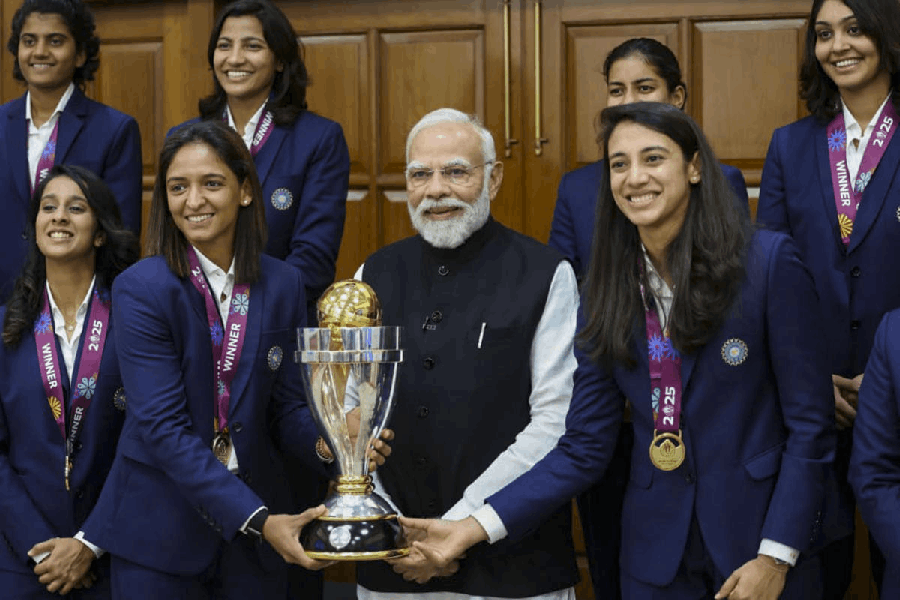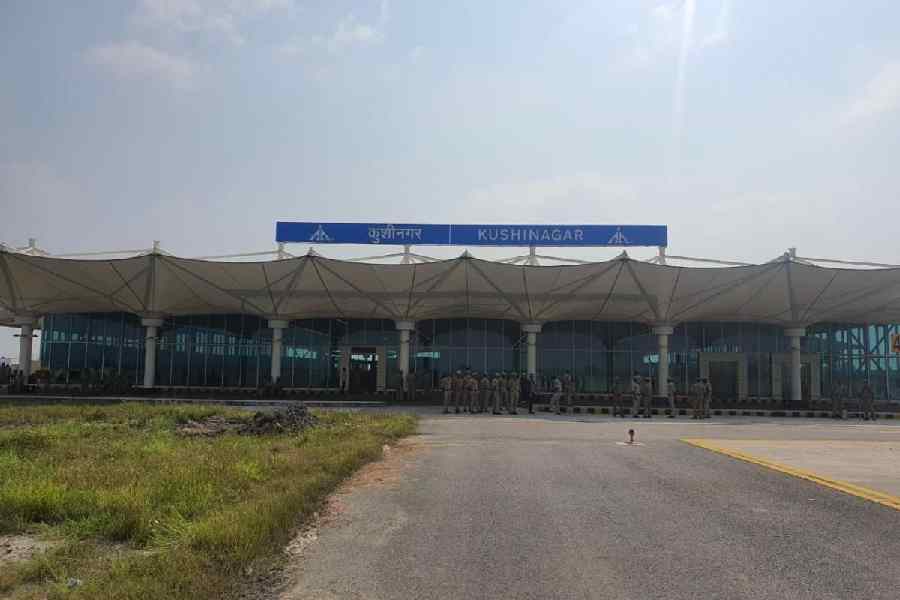 |
Corruption is centre stage these days what with the Aam Aadmi Party’s election splash in Delhi, Anna Hazare’s resumption of his fasting ways and the passage of the Lokpal bill in Parliament. Corporate scandals are also hitting the headlines with some of the most reputed in the land being hauled up for tax evasion. The bureaucrats who have been given charge of regulatory bodies are running riot. It is really a case of the pot calling the kettle black; in popular perception public officials and civil servants rank No. 3 among corrupt professions in India. According to a recent study by Transparency International, only politicians and the police are above them in the corruption stakes.
Are the three Ps — politicians, police and public officials — born corrupt or do they get sucked into a morass? This is a bit of a chicken-and-egg question. In India, everything has a price; even a mendicant has to part with a handsome amount to be allowed to beg at a particular spot (where the takings are high). Policemen have been known to pay several crores to get plum postings. They recoup their investment very soon.
It has been said that people go to Delhi to make a quick buck; they go to Mumbai to earn a quick buck. That may not hold for much longer; the work culture in Mumbai is also changing.
It is also well known that jobseekers with integrity avoid certain companies. A very large organisation doesn’t go to the IIMs for recruitment. They are aware that nobody will join. A new generation is trying an image makeover, but it will take some time.
What sort of Indians head for the civil service? It would be wrong to make generalisations, because there are obviously some honest people there too. But new research shows that cheats prefer public service. The study was conducted in Bangalore by Harvard professor Rema Hanna and Shing-Yi Wang from the University of Pennsylvania.
Says the paper titled Dishonesty and Selection into Public Service: “University students who cheat on a simple task in a laboratory setting are more likely to state a preference for entering public service. Importantly, we also show that cheating on this task is predictive of corrupt behaviour by real government workers, implying that this measure captures a meaningful propensity towards corruption.”
It is not necessary to go into the actual methods used to measure the correlation. Those interested can find the paper at www.nber.org/papers/w19649. Curiously, while the findings have made headlines in dozens of Western newspapers, in India it hasn’t produced much of a ripple.
“Why should it?” asks Mumbai-based HR consultant D. Singh. “This is something which is very well known. The study just adds academic rigour to the argument.”
Forget the civil service for a moment; that’s a lost case for now. How does the private sector measure up? A study titled Bribery and Corruption: The Ground Reality in India by the Federation of Indian Chambrs of Commerce & Industry, the apex chamber, and professional services firm Ernst & Young sees some improvement in the environment. But “companies will have to ensure a high level of transparency in their business conduct and take a steadfast long-term decision to resist any pressure or temptation to pay bribes.” The survey was conducted during March-May 2013 and polled over 200 corner-office executives.
“Nearly 50 per cent of the respondents said their companies have lost business to their competitors because of the latter’s unethical conduct,” comments the report. The most corrupt sectors are infrastructure & real estate (85 per cent citing it as most vulnerable to corruption); mining & metals (76 per cent); aerospace & defence (64 per cent); and power & utilities (51 per cent). The top three factors facilitating bribery and corruption are weak law enforcement, numerous government touch points, and complicated taxes and licensing systems.
When most of your touch points are with the politicians, the bureaucrats and the regulators, corruption can be infectious.
The most corrupt professions in India
Political parties 4.4
Police 4.1
Public officials/Civil servants 3.8
Parliament/Legislature 3.8
Education system 3.7
Medical & Health 3.6
Business (private sector) 3.4
Religious bodies 3.3
Judiciary 3.3
Media 3.2
NGOs 2.9
Military 2.5
Source: Transparency International Global Corruption Barometer 2013; based on a survey of 1,025 Indians, part of a global survey of 114,000 people.


